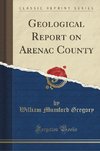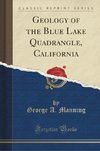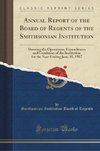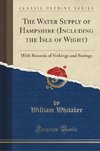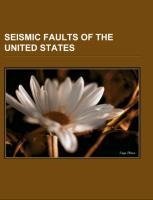
Seismic faults of the United States
Source: Wikipedia. Pages: 35. Chapters: Alaska-Aleutian megathrust, Basin and Range Province, Brothers Fault Zone, Clarendon-Linden fault system, Denali Fault, Earthquake activity in the New York City area, Humboldt Fault, Independence Valley fault system,... Viac o knihe
Produkt je dočasne nedostupný
15.31 €
bežná cena: 17.40 €
O knihe
Source: Wikipedia. Pages: 35. Chapters: Alaska-Aleutian megathrust, Basin and Range Province, Brothers Fault Zone, Clarendon-Linden fault system, Denali Fault, Earthquake activity in the New York City area, Humboldt Fault, Independence Valley fault system, Long Point-Eureka Heights fault system, Marianna Fault, Moab Fault, New Madrid Seismic Zone, New York-Alabama Lineament, Puget Sound faults, Ramapo Fault, Seattle Fault, Tacoma Fault, Teton Fault, Tintina Fault, Wabash Valley Seismic Zone, Wasatch Fault. Excerpt: The principal Puget Sound faults (approximate location of known extents) and other selected peripheral and minor faults. Southern tip of Vancouver Island and San Juan Islands at top left (faults not shown), Olympic Mountains at center left, Mount Rainier at lower right (near WRZ). Faults north to south: Devils Mountain, Utsalady Point, Strawberry Point, Mount Vernon Fault, Little River, Sequim, Southern Whidbey Island Fault, Cherry Creek, Tokul Creek, Rattlesnake Mountain Fault Zone, Lofall, Canyon River, Frigid Creek, Saddle Mountain faults, Hood Canal, Seattle Fault Zone, Tahuya Fault, Tacoma Fault Zone, East Passage, White River (extends east), Olympia Structure, Scammon Creek, Doty (extends west), Western Rainier Zone, Saint Helens Zone (extends south). Also shown: part of the Olympic-Wallowa Lineament.The Puget Sound faults under the heavily populated Puget Sound region (Puget Lowland) of Washington state form a regional complex of interrelated seismogenic (earthquake-causing) geologic faults. These include (from north to south, see map) the: The Puget Sound region (Puget Lowland) of western Washington contains the bulk of the population and economic assets of the state, and carries seven percent of the international trade of the United States. All this is at risk of earthquakes from three sources: Concentration of mid-crustal (10-20 km deep) seismicity in the Puget Lowland. (Fig. 48 from USGS OFR 99-311)While the great subduction events are large and release much energy (around magnitude 9), that energy is spread over a large area, and largely centered near the coast. The energy of the somewhat smaller Benioff earthquakes is likewise diluted over a relatively large area. The largest intra-crustal earthquakes have about the same total energy (which is about one-hundredth of a subduction event), but in being closer to the surface will have more powerful shaking, and therefore more damage. One study of seismic vulnerability of bridges in the Seattle - Tacoma are
- Vydavateľstvo: Books LLC, Reference Series
- Formát: Paperback
- Jazyk:
- ISBN: 9781157044369


 Nemecký jazyk
Nemecký jazyk 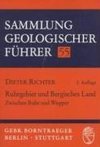
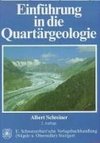

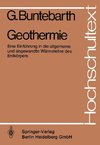


 Anglický jazyk
Anglický jazyk 